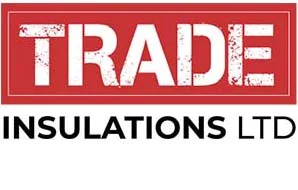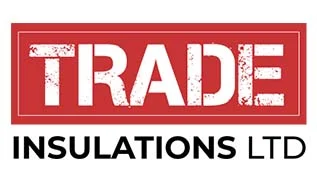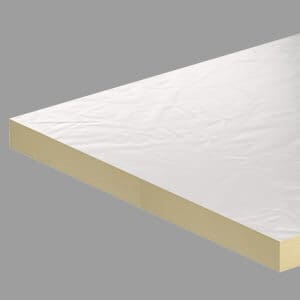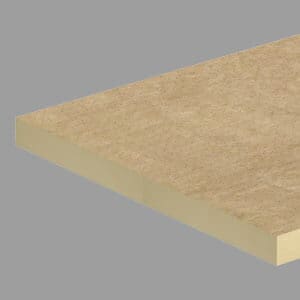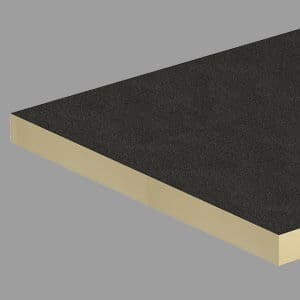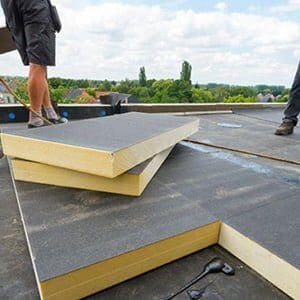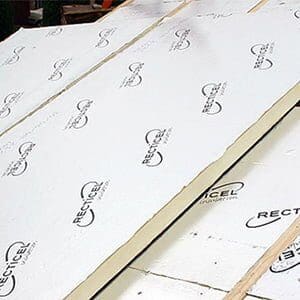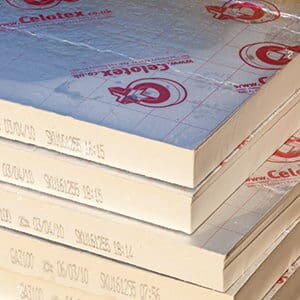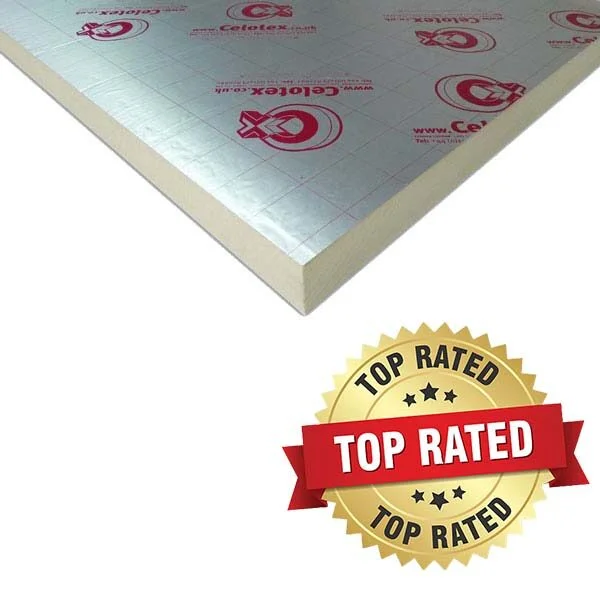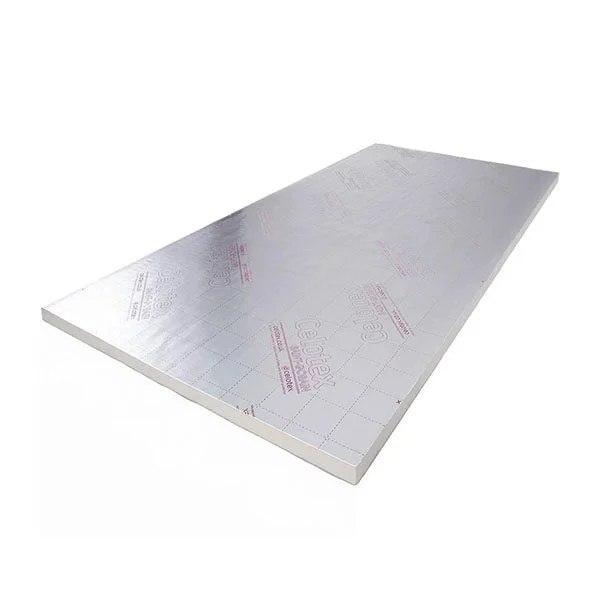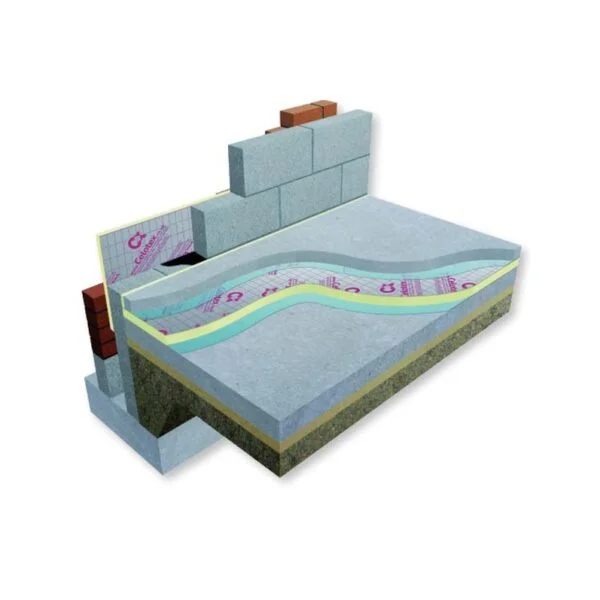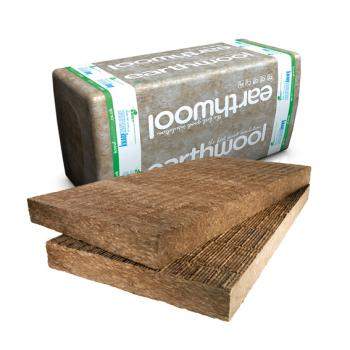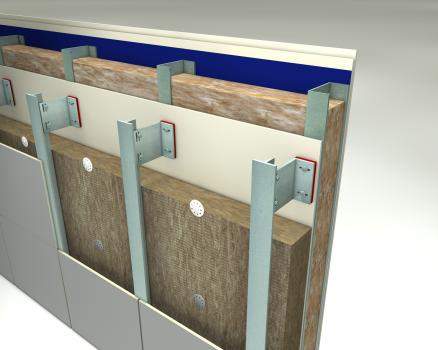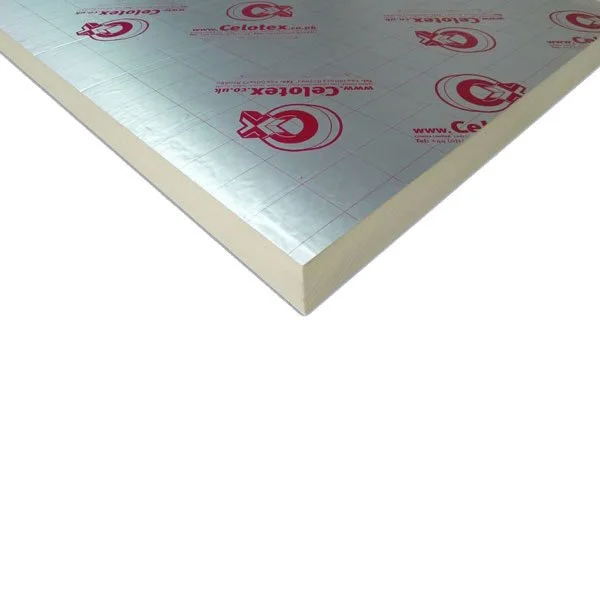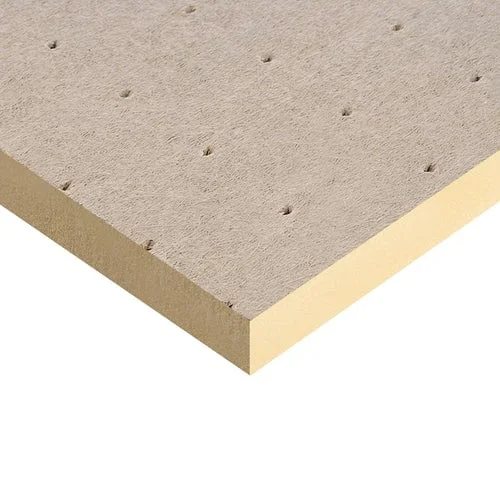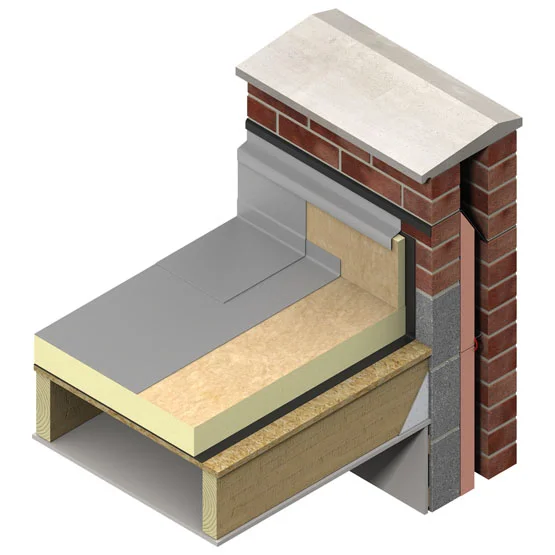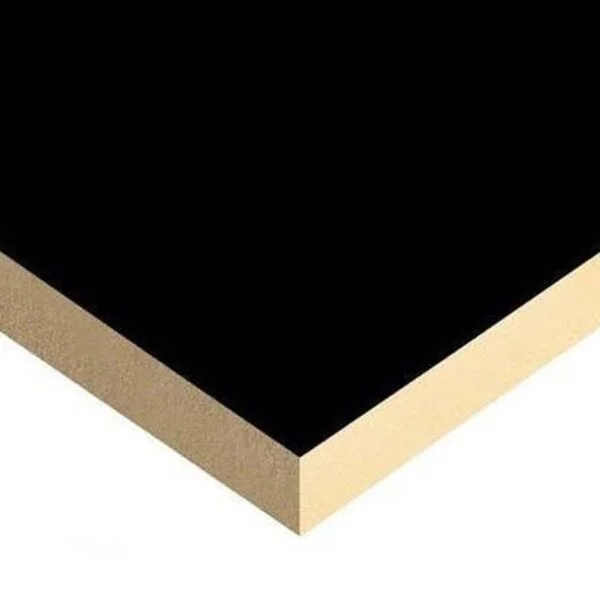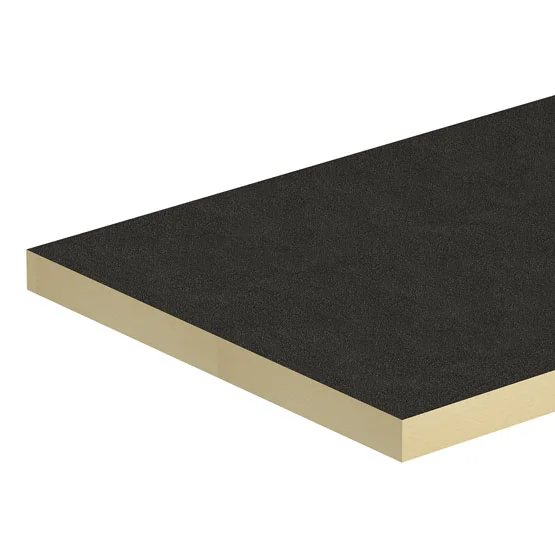Flat Roof Insulation
Showing 1–16 of 58 results
Celotex 100mm PIR Insulation Board – GA4100 (2400mm x 1200mm x 100mm) 2.88m2
Original price was: £39.99.£31.89Current price is: £31.89.120mm Celotex Insulation Board – XR4120 (2400mm x 1200mm x 120mm) 2.88m2
Original price was: £51.99.£38.72Current price is: £38.72.50mm Celotex Insulation Board – GA4050 (2400mm x 1200mm x 50mm) 2.88m2
Original price was: £25.15.£18.87Current price is: £18.87.75mm Celotex Insulation Board – GA4075 (2400mm X 1200mm X 75mm) 2.88m2
Original price was: £34.99.£26.07Current price is: £26.07.150mm Celotex Insulation Board – XR4150 (2400mm x 1200mm x 150mm) 2.88m2
Original price was: £61.50.£49.48Current price is: £49.48.70mm Celotex Insulation Board – GA4070 (2400mm x 1200mm x 70mm) 2.88m2
Original price was: £34.89.£25.85Current price is: £25.85.80mm Celotex Insulation Board – GA4080 (2400mm X 1200mm X 80mm) 2.88m2
Original price was: £39.40.£29.92Current price is: £29.92.Kingspan Thermaroof TR27 100mm Flat Roof Insulation Board (1200 x 1200) – 5.76m2 pack
Original price was: £184.20.£142.96Current price is: £142.96.Knauf Rocksilk RS45 Insulation Slab – 50mm (1200 x 600mm) – 7.2m2 pack
Original price was: £35.17.£31.27Current price is: £31.27.Knauf Rocksilk RS45 Insulation Slab – 60mm (1200 x 600mm) – 69.12m2 pallet
Original price was: £416.18.£369.94Current price is: £369.94.100mm TR24 Kingspan Thermaroof PIR Flat Roof Insulation Board (1200 x 600mm x 100mm) – 3.6m2 pack
Original price was: £119.90.£112.93Current price is: £112.93.120mm TR24 Kingspan Thermaroof PIR Flat Roof Insulation Board (1200 x 600mm x 120mm) – 2.88m2 pack
Original price was: £104.30.£99.19Current price is: £99.19.140mm Celotex Insulation Board – XR4140 (2400mm x 1200mm x 140mm) 2.88m2
Original price was: £62.50.£48.95Current price is: £48.95.Celotex 25mm PIR Insulation Board – TB4025 (2400mm x 1200mm x 25mm) 2.88m2
Original price was: £18.29.£12.29Current price is: £12.29.What is a flat roof?
A flat roof can be recognised as any roof that has a pitch of less than 10 degrees. They sit horizontally; therefore, they are easily found. Flat roofs generally do not have a loft space and will not have the space, window, or loft hatch as found in pitched roofs.
Flat roof insulation is laid between the ceiling and the roof membrane, when done to quality standards, this should prevent heat escaping or entering into your property, essentially keeping your home warmer in the summer and cooler in the winter. Flat roof insulation can help to create a more temperature-controlled and comfortable environment within the property.
Installing flat roof insulation can be a difficult and a somewhat messy task which may require lifting the waterproof deck layer to install the insulation underneath. The plus side here is that flat warm roof insulation is most commonly installed externally, therefore, your home will not be affected internally.
Do I need flat roof insulation?
Flat roofs became a popular choice within construction from the 1950s up to the 70s within the UK. Many have a split roof meaning the front slopes with space for a loft whilst the back of the property is flat. The flat part of your property can either be a terrace or roof space that is inaccessible.
Flat roof insulation is required to meet building regulations.
Unfortunately, flat roof insulation was not a high priority in the 50s and as a result many properties had poorly insulated roofs. This means that there is a lack of temperature control. Heat is set to escape through the roof in winter and seep into the roof come summer. This results in colder winters and hotter summers.
These are exaggerated if that room or side of the property is north facing, so in the winter with a lack of heat intensity it will feel colder than the south facing rooms. In the summer if the room is south facing, which typically gets more sun than the room will feel too hot relative to the rest of the property.
Even if the roof has recently had repairs, it is unlikely the insulation would have been updated unless specifically requested. If the above applies to you, you may require new flat roof insulation within your property. The best way to find out is to contact a building professional or architect.
Buy Flat Roof Insulation
You can purchase flat roof insulation directly from us and get it delivered when and where you need it. There are many products that are suitable for the use in flat roofs. Some brands such as Kingspan specifically make insulation boards for flat roofs. This includes the Kingspan Thermaroof TR24 as well as the Kingspan Thermaroof TR27 boards. Recticel are another manufacturer who make insulation boards for flat roofs. Recticel's flat roof insulation is called 'Recticel Eurodeck Flat Roof Insulation Board' and is very popular. Recticel's Eurodeck boards and Kingspans Flat roof boards feature a PIR core. Both types are highly effective ways to insulate a flat roof, however your specific needs may change depending on your project. Some builders opt for using Celotex PIR boards for roof applications. This is likely to be due to being a great value product, which is easy to handle and install. Another reason is that Celotex PIR boards boast good thermal performance therefore allowing for a cosy environment. At Trade Insulations, we offer great lead times on products such as Celotex Insulation Board. When ordering insulation, we always suggest you speak to an architect or building professional for guidance on which flat roof insulation product is best for you. Another top tip is that you should order more insulation than the area you need to cover to allow for any wastage. You will also need to know if the application type is for a warm flat roof or a cold flat roof before ordering your insulation.
The benefits of installing flat roof insulation
There are a lot of benefits from installing flat roof insulation. The biggest and most obvious benefit is that installing insulation for flat roofs can improve the thermal efficiency of a building. It does this by minimising the heat transfer between both the exterior and interior of a building. The insulation itself acts as a barrier to reduce fluctuations in temperature.
Another benefit is that a well insulated home will reduce the need for heating and cooling. Furthermore, this potential reduction in energy usage consequently leads to a smaller carbon footprint.
Installing flat roof insulation can also act as a moisture barrier. This can help prevent condensation and potential water damage. In addition to this, it can help maintain the structural integrity of the roof and prevents the growth of mould and mildew. On our website, we have a whole range of products, which consist of different material types such as PIR or phenolic insulation. This means you can find the ideal insulation product for your project.
When you install flat roof insulation, you can have peace of mind that you are lowering your impact on the environment. Many modern insulation materials are designed with sustainability in mind, offering high recycled content and low embodied energy. This helps reduce the overall environmental impact of a building's construction and operation. Insulation for flat roofs is durable and often has additional protection from weathering.
Lastly, another benefit of installing flat roof insulation is that it can help your project to comply with building codes and regulations. Regulations help ensure safety as well as energy efficiency and structural integrity of a building.
In summary, benefits include energy efficiency to enhanced comfort and sustainability. Its role in maintaining temperature control and contribution to the overall building envelope make it an essential part of construction.
What are differences between a warm flat roof and a cold flat roof
The terms “warm flat roof” and “cold flat roof” denote distinct approaches to insulating a flat roof, each accompanied by its unique benefits and considerations. These methods determine where the insulation is placed in relation to the structural components of the roof. Here's the difference between the two:
Warm Flat Roof
A warm flat roof is a type of flat roof where the insulation is installed above the structural deck, effectively creating a thermal barrier on the outside of the building envelope. In this method, the insulation is positioned between the roof deck and the waterproofing layer. This means that the roof deck and the structure are on the colder side of the insulation, while the interior of the building remains warmer.
Advantages of a Warm Flat Roof:
- The structure is kept warm, reducing the risk of condensation and potential thermal stress on the roof deck.
- The risk of thermal bridging (heat escaping through structural components) is minimised.
- Easy access to the waterproofing layer for maintenance and repairs.
Cold Flat Roof:
A cold flat roof is a flat roof where the insulation is placed between the ceiling and the roof deck, creating a thermal barrier on the inside of the building envelope. In this method, the structural components of the roof, including the deck, are on the warmer side of the insulation.
Advantages of a Cold Flat Roof:
- Minimal impact on construction height, as the insulation is not placed on top of the roof deck.
- Easier installation of insulation, as it is placed between the ceiling joists or under the roof deck.
- Reduced risk of adding excessive weight to the roof structure.
Both warm and cold flat roof systems play essential roles in construction, and the selection between them hinges on factors like climate, architectural design, insulation needs, and local building regulations. It is crucial to meticulously assess these variables and seek guidance from building experts to decide on the right approach to your project.
How to install flat roof insulation boards
The purpose of this is short guide to give you a rough idea on how flat roof insulation installation is carried out. Please note that certain products may differ in terms of installation techniques. It is always best to also check data sheets from the manufacturer, which can be found on our website
When installing flat roof insulation, ensure your roof deck is thoroughly clean, dry and free from debris. If there are issues such as leaks or structural problems, you should address this first. An architect should be able to guide you to know what product you need by considering factors such as the desired R-value, local climate, and adherence to building codes.
Depending on the type of insulation board, you can either mechanically fix your board or use adhesive if the manufacturer recommends you to do so. If your boards need cutting, then you can use a saw to precisely cut your board to size. Most insulation boards are designed to be easily cut.
For warm flat roofs, there will be six sections. The top layer is a waterproof membrane, which is designed to sit on top of the insulation board with a vapour control layer below it. This is secured over the timber roof decking, which means the joists of the roof is uninsulated. This can easily be decorated as plasterboards can be topped up at the roof joists.
For cold flat roofs, the building will be insulated from the inside. This means that nothing sits on top of the timber deck other than the waterproof membrane. The boards themselves can be fitted within the joists of the roof with a vapour barrier below. Underneath that a plasterboard ceiling can be fitted to keep the end result aesthetically pleasing.
Cheap Flat Roof Insulation
You may wonder why our flat roof insulation is so cheap. Most people often assume that we send out faulty products or returns. We can assure you that this is not the case. All of our insulation products are brand new and we do not send out any seconds whatsoever. The reason we can offer cheap flat roof insulation is because we are a dedicated seller of insulation online. This means we get better rates than most, and unlike the rest we pass our savings directly onto you. Trade Insulations was started with the motto 'Top Brands at Trade Prices' and this is what we stick to to this day. If you need help ordering from our website, feel free to get in contact with us. We will be more than happy to help.
